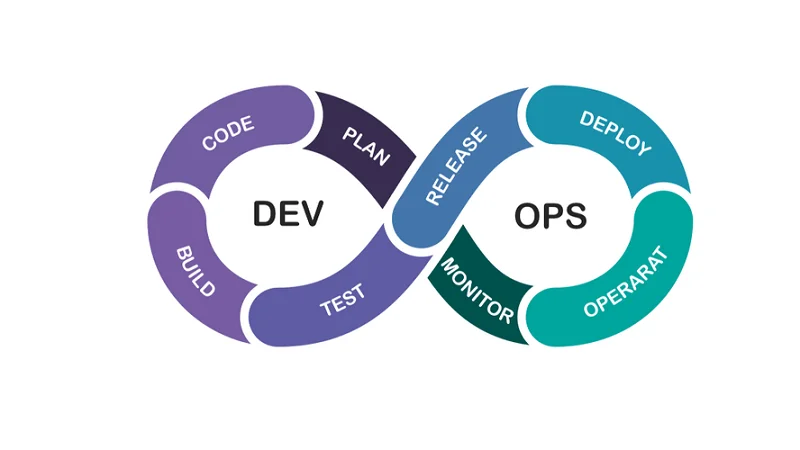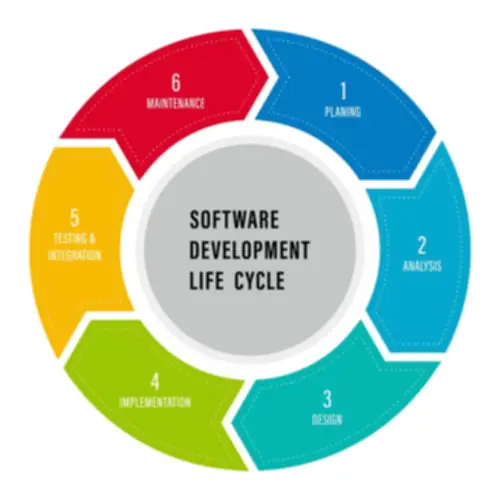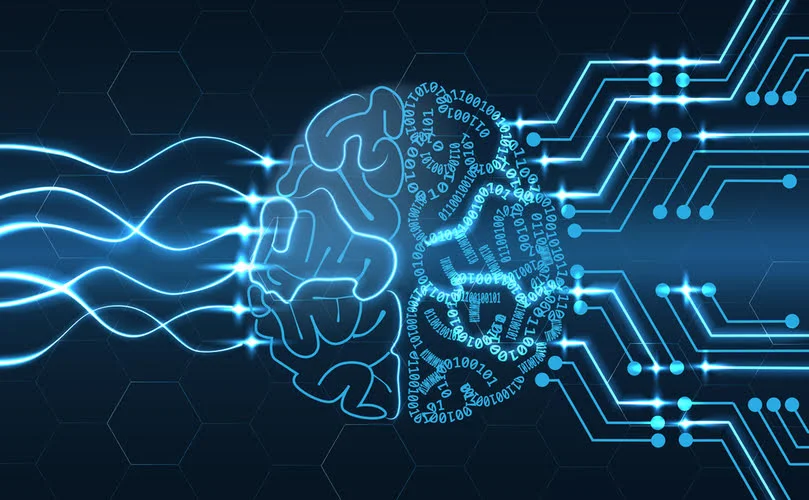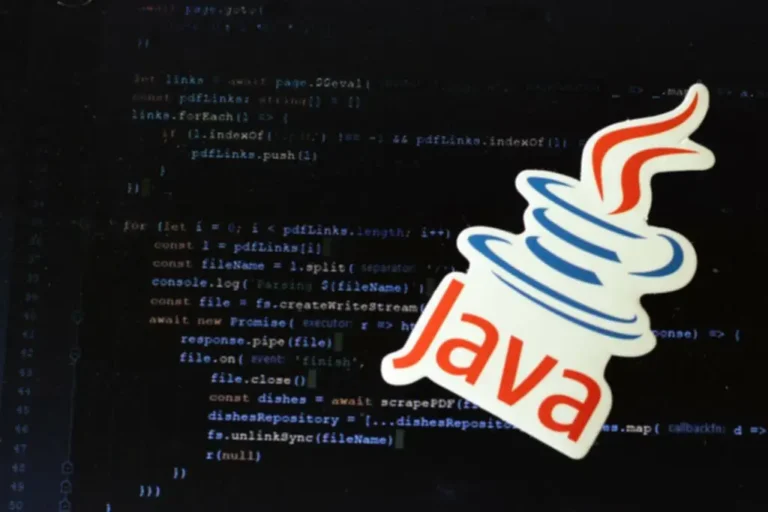A. Recurrent Neural Networks (RNNs) are a type of artificial neural community designed to course of sequential knowledge, corresponding to time collection or natural language. They have feedback connections that permit them to retain data from earlier time steps, enabling them to capture temporal dependencies. This makes RNNs well-suited for duties like language modeling, speech recognition, and sequential data types of rnn analysis.
Find Post Graduate Program In Ai And Machine Learning In These Cities
However, CNNs additionally face scalability points with added layers and parameters leading to overfitting. Overall, GPUs have enabled training advanced CNNs on massive datasets, lowered coaching times from weeks to days, and enabled real-time inference for purposes like autonomous driving. Research has shown such hybrids efficient on issues like video classification, caption era, and anomaly detection.

Integrating Cnn Characteristic Extraction With Rnn Temporal Dynamics
These properties can then be used for purposes such as object recognition or detection. One downside to plain RNNs is the vanishing gradient downside, during which the efficiency of the neural network suffers as a result of it may possibly’t be educated correctly. This happens with deeply layered neural networks, which are used to process advanced knowledge. In many real-world scenarios, time sequence information could involve a number of associated variables. You can prolong RNNs to handle multi-variate time sequence by incorporating a number of enter options and predicting a number of output variables. This permits the mannequin to leverage additional data to make more accurate predictions and better capture advanced relationships among different variables.
Learn Extra About Google Privateness
The primary benefit of using recurrent neural networks (RNNs) for handling sequential or temporal information lies in their ability to seize and mannequin dependencies throughout time steps. Their recurrent connections enable them to maintain an internal reminiscence, which permits them to retain and make the most of data from previous time steps. This advantage makes RNNs well-suited for duties involving sequences of information, similar to natural language processing, speech recognition, and time series evaluation. Additionally, RNNs can handle enter sequences of varying lengths and could be augmented with elements like LSTM units to enhance their modeling capabilities.
The Evolutionary Trajectory Of Convolutional And Recurrent Networks
They utilize convolutional layers to detect spatial patterns and extract options. In distinction, RNNs focus on processing 1D sequence data like text or time sequence. So for laptop imaginative and prescient functions, convolutional neural networks are clearly more dominant and widely adopted. But recurrent networks nonetheless play a crucial function for processing sequential knowledge. Simple RNNs battle to capture long-term dependencies because of the vanishing gradient problem throughout training. More complex RNN architectures like lengthy short-term reminiscence (LSTM) networks and gated recurrent items (GRUs) introduce gating mechanisms to higher preserve long-range relationships in sequences.
Owing to its tiered layering, the ANN is utilized in know-how specializing in complex problem solving similar to sample recognition issues. The ANN is based on three or more interconnected layers of nodes — once more, similar to the mind. But when you take a look at them in the context of what they do and how they might help you, you possibly can come to grips with them in no time. For the end of the story to make sense, your pal has to remember necessary details from earlier elements of the story.
- The subsequent sentence talks about John, that the data on Alice is deleted.
- This means transformers can seize relationships throughout longer sequences, making them a robust tool for building giant language models such as ChatGPT.
- Combining RNNs with different models, just like the convolutional neural network model CNN-RNN or Transformer-RNN, Artificial Neural Networks ANN-RNN, could additional enhance performance for time series tasks.
- RNNs use recurrent connections to develop a “memory” of previous time steps, helpful for sequential data.
- These applications spotlight the flexibility of RNNs in handling sequential and temporal knowledge throughout domains.
Use a word embedding layer in an RNN network to map words into numeric sequences. The first step within the LSTM is to decide which data ought to be omitted from the cell in that exact time step. It appears on the earlier state (ht-1) together with the present enter xt and computes the operate. Sentiment analysis is an effective example of this kind of community where a given sentence could be categorised as expressing positive or negative sentiments.
A suggestions loop is created by passing the hidden state from one time step to the next. The hidden state acts as a reminiscence that stores information about earlier inputs. At every time step, the RNN processes the present enter (for instance, a word in a sentence) along with the hidden state from the earlier time step.
This means transformers can seize relationships throughout longer sequences, making them a strong tool for building giant language fashions such as ChatGPT. In RNNs, activation functions are utilized at every time step to the hidden states, controlling how the community updates its inside memory (hidden state) primarily based on present input and previous hidden states. Also called a vanilla neural community, one-to-one structure is utilized in conventional neural networks and for basic machine studying duties like picture classification. The main forms of recurrent neural networks embody one-to-one, one-to-many, many-to-one and many-to-many architectures.

That is, if the previous state that is influencing the present prediction is not in the latest past, the RNN mannequin might not be succesful of accurately predict the current state. Long short-term reminiscence (LSTM) networks are an extension of RNN that stretch the memory. LSTMs assign data “weights” which helps RNNs to either let new data in, neglect info or give it importance sufficient to influence the output. You can view an RNN as a sequence of neural networks that you just train one after another with backpropagation. This permits picture captioning or music era capabilities, because it uses a single input (like a keyword) to generate multiple outputs (like a sentence). As mentioned, impartial networks sit on the heart of all Deep Learning algorithms.

The hottest kind of sequential information is probably time sequence knowledge, which is just a collection of knowledge factors that are listed in time order. Specific to convolutional networks, architectures like EfficientNets and Vision Transformers are pushing the boundaries of computer imaginative and prescient. These models are scaling up CNNs to unprecedented sizes, enabling ever-growing capability for function learning. Beyond chaining CNN encoders and RNN decoders, researchers build integrated hybrid networks merging aspects of both. Convolutional LSTM layers incorporate CNN convolutions immediately into LSTM cell implementations for modeling spatio-temporal dependencies.
In every case, the commonest activation functions are proven in the diagram. This implies that to find a way to consider the cell for a given timestep, a hard and fast number of earlier cells must be sequentially evaluated. Specifically, we are interested in the real-time recurrent learning (RTRL) algorithm (Williams and Zipser, 1989; McBride and Narendra, 1965). This dynamic behavior is totally totally different from that attained by means of finite-duration impulse response (FIR) filters for the synaptic connections of a multilayer perceptron as described in Wan (1994). Recurrent Neural Networks (RNNs) have an identical development to the above talked about TDNNs.
It employs the identical settings for every enter because it produces the same consequence by performing the same task on all inputs or hidden layers. This case research uses Recurrent Neural Networks (RNNs) to predict electrical energy consumption primarily based on historical knowledge. Overfitting occurs when the model learns the details and noise throughout the training data to the diploma that it adversely impacts the execution of the model on new data.
Automatic classification and regression on giant signal information sets permit prediction in real time. Raw alerts data may be fed into deep networks or preprocessed to concentrate on specific features, such as frequency components. This program in AI and Machine Learning covers Python, Machine Learning, Natural Language Processing, Speech Recognition, Advanced Deep Learning, Computer Vision, and Reinforcement Learning.
Transform Your Business With AI Software Development Solutions https://www.globalcloudteam.com/




















Recent Comments